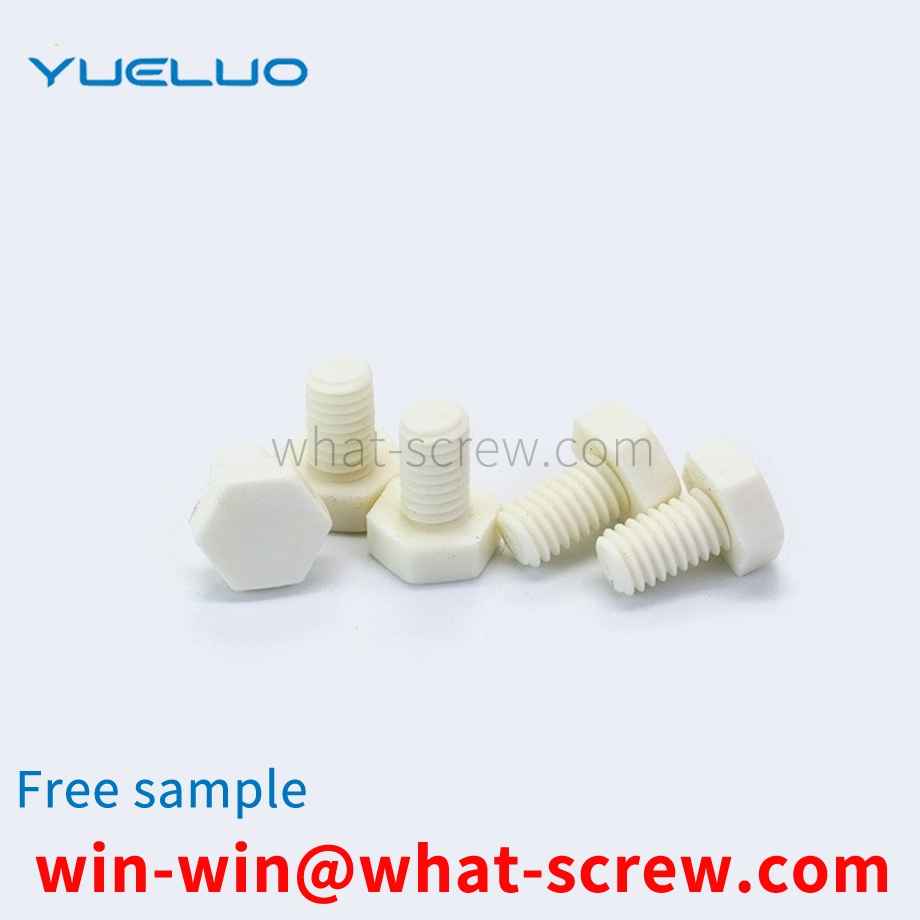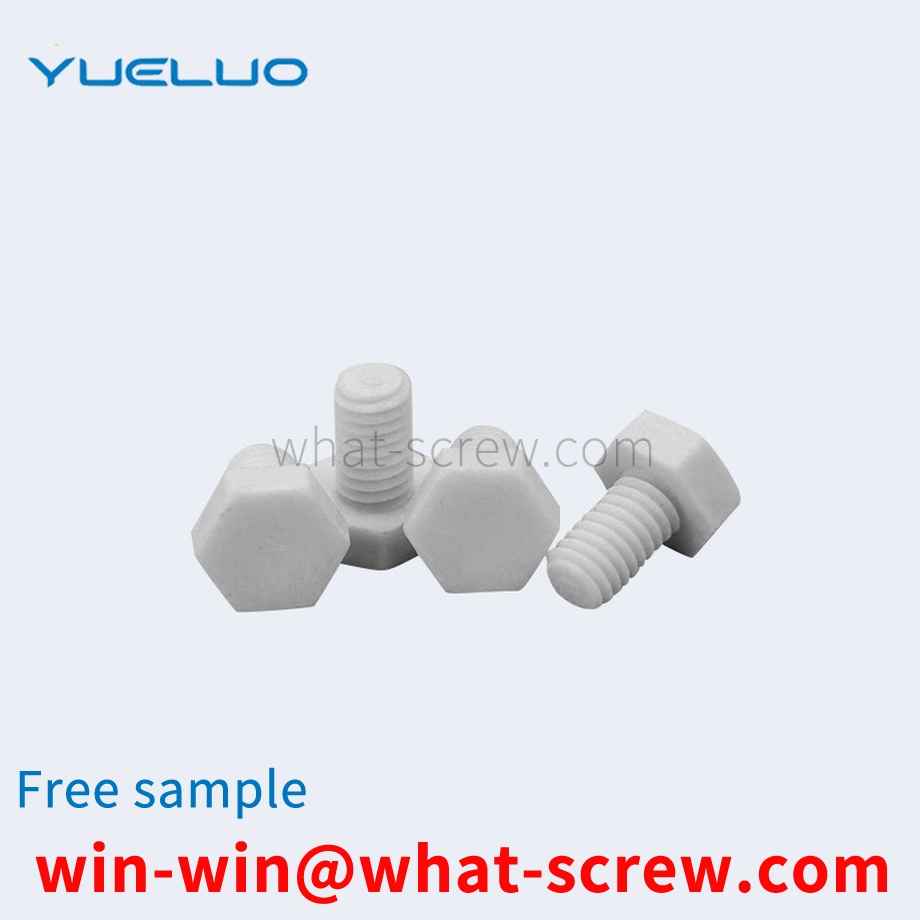Commonly used standards are broadcast. For hexagonal nuts, the commonly used standards are: GB52, GB6170, GalwayGB6172 and DIN934. The main differences between them are: the thickness of GB6170 is thicker than that of GB52, GalwayGB6172 and DIN934, commonly known as thick screw cap. The other is the difference between the opposite sides, the opposite sides of DIN934, GB6170 and GalwayGB6172 in the M8 nut series are 13MM smaller than the opposite side 14MM of GB52, and the opposite sides of M10 nuts, DIN934 and GB52 are 17MM. The opposite side of GB6170 and GalwayGB6172 should be 1MM larger, M12 nut, DIN934, GB52's opposite side is 19MM larger than GB6170 and GalwayGB6172's opposite side 18MM is 1MM larger. For M14 nuts, the opposite side of DIN934 and GB52 is 22MM, which is 1MM larger than the opposite side of GB6170 and GalwayGB6172, which is 21MM. The other is the M22 nut. The opposite side of DIN934 and GB52 is 32MM, which is 2MM smaller than the opposite side of GB6170 and GalwayGB6172, which is 34MM. (Besides the thickness of GB6170 and GalwayGB6172 are the same, the width of the opposite side is exactly the same) The rest of the specifications can be used in general without considering the thickness.
The existing spring pads are generally composed of longitudinal support springs, transverse connection springs, support springs, frames and frame clips. (Commonly known as string spring) is a slender and constant warp spring, used to connect the longitudinal support spring. The support spring is located at the edge of the spring pad to increase the shear resistance of the spring pad and the support strength of the frame. The surrounding frame connects the spring to the spring. up, fixed. The existing treatment method is to first heat-process the longitudinal support spring and the support spring made of 70# steel wire through the winding spring in a chemical solution, arrange them, and fix and connect them with a string spring, a frame and a clamping piece. Because the string spring and the frame have not been chemically heat treated, there is a large internal stress. Therefore, this treatment method has two disadvantages. One is that the processing efficiency of the heat treatment support spring is low. Larger, the spring is easily deformed and the service life is affected. In addition, the chemical solution after heat treatment is easy to cause environmental pollution
The main purpose of the screw is to make the industrial product form a fixed one. In use, it often happens that the teeth cannot be closely attached, the screw head will be broken if the screw is locked too hard, or the tooth pattern is not properly locked, etc., and the use conditions are not met, all of which are quality. the problem of accuracy. Screws are mass products, not handmade works of art. In mass production, the purpose is to achieve high-precision and stable quality and popular prices to supply consumers. The accuracy of screws is usually 6g, and the rough screws used in construction projects are 14g. The value of screws is very important. In the world, there are examples of automobile factories going bankrupt because of poor screw quality; there are also examples of planes falling and vehicles being overturned because of poor screw quality.
GalwayFasteners are an indispensable necessity in our lives and are used to flexibly fix two objects. However, in applications such as automobiles, large construction machinery and factories, the nuts often come loose and then fall off, resulting in frequent dangers and great dangers. Threats to people's lives and property.
Earless retaining ring (known as Constant Section Rings abroad) is also called constant section retaining ring, because the cross section is equal, and there is no ear part protruding from the traditional stamping retaining ring, so it is called earless retaining ring. Earless retaining ring and spiral retaining ring have similarities in production, processing and use characteristics. They are both flattened and wound by steel wire. After heat treatment and surface treatment, they have good elasticity and toughness. Earless retaining ring is divided into two types: shaft use and hole use, and there are various forms of tail ends to choose from. The application of earless retaining ring is the same as that of traditional GalwayC-type retaining ring, which is widely used in hydraulic parts assembly, valves, instruments, various lock core components, needle roller bearings, pulleys, connectors, quick connectors and other mechanical assemblies.
We have many years of experience in the production and sales of screws, nuts, flat washers, etc. The main products are: half-tooth GalwayGalwayGalwayGalwayset screws, GalwayGalwayrivet nuts, GB901 bolts, black washers and other products, we can provide you with suitable fasteners piece solution.



















 Service Hotline
Service Hotline




